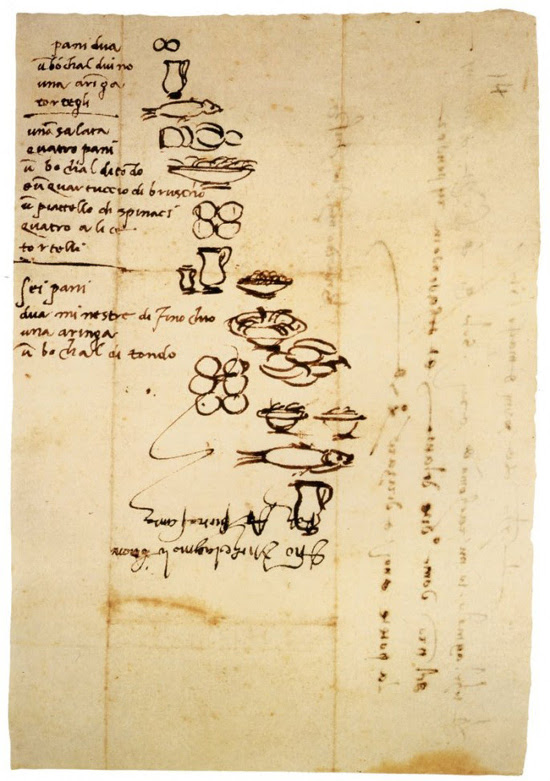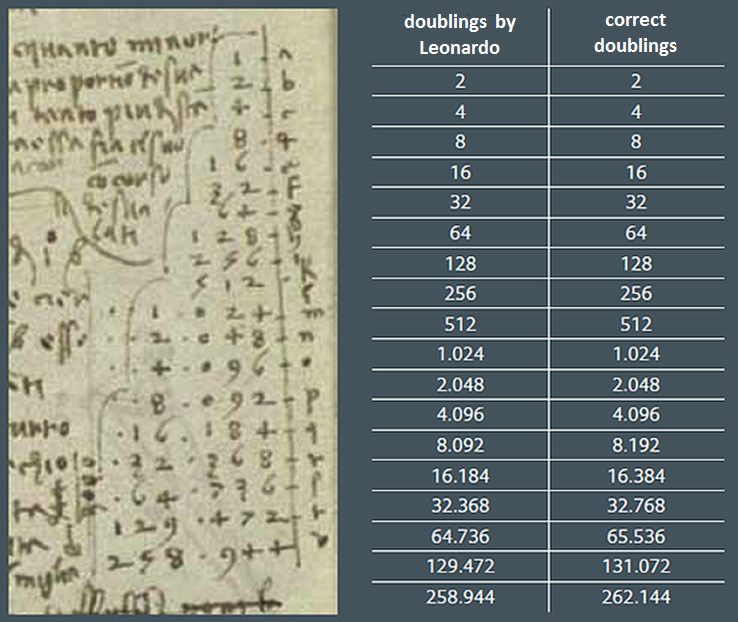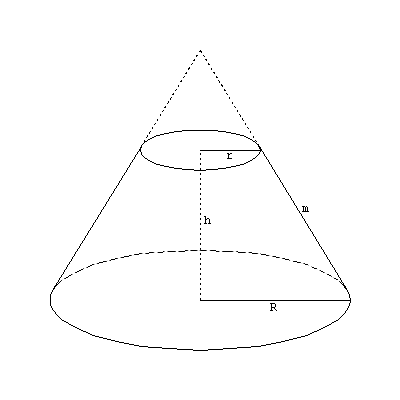“I understand that a computer has been invented that is so remarkably intelligent that if you put it into communication with either a computer or a human, it can’t tell the difference!” — Raymond Smullyan
Science & Math
All Roads
From Martin Gardner: Shuffle a deck of cards and start dealing them face up one at a time into a pile, counting down from 10 as you go — that is, say “10” as you deal the first card, “9” as you deal the second, and so on. As soon as you say a number that matches the value of the card you’re dealing, stop dealing and start a new pile. Face cards count as 10. If you count down to 1 without finding a match, “kill” the pile by putting a card face down on top of it.
Repeat this procedure until you’ve dealt four piles. (If all four piles are “killed,” which is very unlikely, shuffle the whole deck and start over.) When the four piles are finished, add the values of the cards at the top of each “living” pile. Call that sum k. Now deal k cards from the remainder of the deck, and then count the cards that remain.
There will always be eight.
(Martin Gardner, “Curious Counts,” Math Horizons 10:3 [February 2003], 20-22.)
Blind Spot
Given the premises No fruit-picker is a sailor and All Ruritanians are fruit-pickers, it’s fairly easy to deduce that No Ruritanian is a sailor. But what logical conclusion can be drawn from these premises?
All members of the cabinet are thieves.
No composer is a member of the cabinet.
Many people decide that no conclusion can be drawn. “Almost without exception that is the answer you will get, after some serious reflection, from intelligent people,” notes Massimo Piattelli-Palmarini in Inevitable Illusions.
But there is one: Some thieves are not composers (or There are thieves who are not composers). It’s logically impossible for the premises to be true and for this conclusion not to be true, and yet most people find the conclusion difficult to see.
Why? Princeton psychologist Philip Johnson-Laird thinks it’s because of the number and complexity of “mental models” that we have to build to elaborate our reasoning about such syllogisms. Unlike the case of the Ruritanian sailors, “The case of the cabinet ministers and composers requires … three distinct, and mentally separate, arrays of obligatory couplings: cabinet ministers and thieves, composers and cabinet ministers, and thieves and composers,” Piattelli-Palmarini explains.
“The result for all of us is a prohibitive difficulty in ‘seeing’ that there are necessarily false couplings between thieves and composers.”
01/04/2018 A number of readers have pointed out the existential fallacy in Johnson-Laird’s syllogism. Piattelli-Palmarini notes, “[O]ne has to avoid the situation in which these sets are empty. Rephrasing the premises as ‘all the ministers’ and ‘all the composers’ may aptly reinforce in the subjects the assumption that there are ministers and that there are composers. As the distinguished logician George Boolos of MIT has put it, the sentence ‘All deserters will be shot’ can be true also if there are, in fact, no deserters. In these cognitive tests, one wants to avoid such limited cases. For a further and accurate account of this problem, the reader is referred to Philip Johnson-Laird’s Mental Models, Chapter 6, and to his exchange with George Boolos in the journal Cognition in 1984.” (That’s Cognition 17:2, 181-182; Johnson-Laird’s reply is in 17:2, 183-184.)
Simplicity

In The Pleasures of Counting, T.W. Körner asks, “How long would you expect a paper reporting a crucial experiment in physics to be and how would you expect it to be written? Here in its entirety is a paper entitled ‘Interference Fringes With Feeble Light’ written by G.I. Taylor in 1909 (to be found in his collected works).”
Great and Small

When the Seattle Art Museum presented an exhibition of Michelangelo’s early drawings in 2009, it included three menus that the sculptor had scrawled on the back of an envelope in 1518 — grocery lists for a servant.
Oregonian reviewer Steve Duin explained, “Because the servant he was sending to market was illiterate, Michelangelo illustrated the shopping lists — a herring, tortelli, two fennel soups, four anchovies and ‘a small quarter of a rough wine’ — with rushed (and all the more exquisite for it) caricatures in pen and ink.”
Related: In the 1490 manuscript below, Leonardo da Vinci tries to list successive doublings of 2 but mistakenly calculates 213 as 8092:

“Unmistakable this is a miscalculation of Leonardo and not of some sloppy copyists, as it was found in the original (mirrored) manuscript of da Vinci himself,” notes Ghent University computer scientist Peter Dawyndt. “That it was only discovered right now, five hundred years after da Vinci’s death, is probably due to the late discovery of the manuscript, barely fifty years ago.”
(Thanks, Peter.)
The Last Digit
A problem from the 1996 Georg Mohr mathematics competition in Denmark:
n is a positive integer. The next-to-last digit in the decimal expression of n2 is 7. What’s the last digit?
Double Dealing
A play is put on that Mr. Baker wants to see. Tickets cost $10. Consider two situations:
- Baker buys a ticket but loses it on the way into the theater.
- Baker arrives at the ticket window and realizes that he’s lost $10 from his wallet.
What’s the likelihood in each case that Baker will buy a ticket to see the show?
People tend to say that Mr. Baker won’t buy a ticket in Case 1 but will in Case 2, because they see the loss of the money and the purchase of the ticket as unrelated. But in both cases the net outcome is the same: Baker has lost $10 and still has to spend another $10.
This example was made famous by cognitive psychologist Amos Tversky, who exploded many presumptions about how people make decisions about risks, benefits, and probabilities. “The difference between the two cases is due to a psychological bias, which is known as ‘mental budget allocation,'” explains Massimo Piattelli-Palmarini in Inevitable Illusions (1994). “As cognitive scientists and economists who study the psychological foundations of negotiation well know — as does (at least implicitly) anyone used to making deals — all of us have a resistance to ‘overspend’ a certain particular budget. In this case, the ticket budget would be overspent by Baker in the first scenario, but not in the second.” It’s a bias, but it seems so natural that many of us tend to overlook it.
Origins

The biologist can push it back to the original protist, and the chemist can push it back to the crystal, but none of them touch the real question of why or how the thing began at all. The astronomer goes back untold million of years and ends in gas and emptiness, and then the mathematician sweeps the whole cosmos into unreality and leaves one with mind as the only thing of which we have any immediate apprehension. Cogito ergo sum, ergo omnia esse videntur. All this bother, and we are no further than Descartes. Have you noticed that the astronomers and mathematicians are much the most cheerful people of the lot? I suppose that perpetually contemplating things on so vast a scale makes them feel either that it doesn’t matter a hoot anyway, or that anything so large and elaborate must have some sense in it somewhere.
— Dorothy L. Sayers, The Documents in the Case, 1930
Podcast Episode 182: The Compulsive Wanderer

In the 1870s, French gas fitter Albert Dadas started making strange, compulsive trips to distant towns, with no planning or awareness of what he was doing. His bizarre affliction set off a 20-year epidemic of “mad travelers” in Europe, which evaporated as mysteriously as it had begun. In this week’s episode of the Futility Closet podcast we’ll consider the parable of pathological tourism and its meaning for psychiatry.
We’ll also contemplate the importance of sick chickens and puzzle over a farmyard contraption.
Growing Pains

The Greek philosopher Democritus propounded this puzzle in the fourth century B.C.E.:
If a cone were cut by a plane parallel to the base, how must one conceive of the surfaces of the segments: as becoming equal or unequal? For being unequal, they make the cone irregular, taking many step-like indentations and roughnesses. But if they are equal, the segments will be equal and the cone will appear to have the property of the cylinder, being composed of equal, and not unequal, circles; which is most absurd.
If the cone’s cross section is increasing continuously, how can the two faces created by a cut fit together? It seems that one must be larger than the other, and yet at the same time it can’t be. How can we make sense of this?
